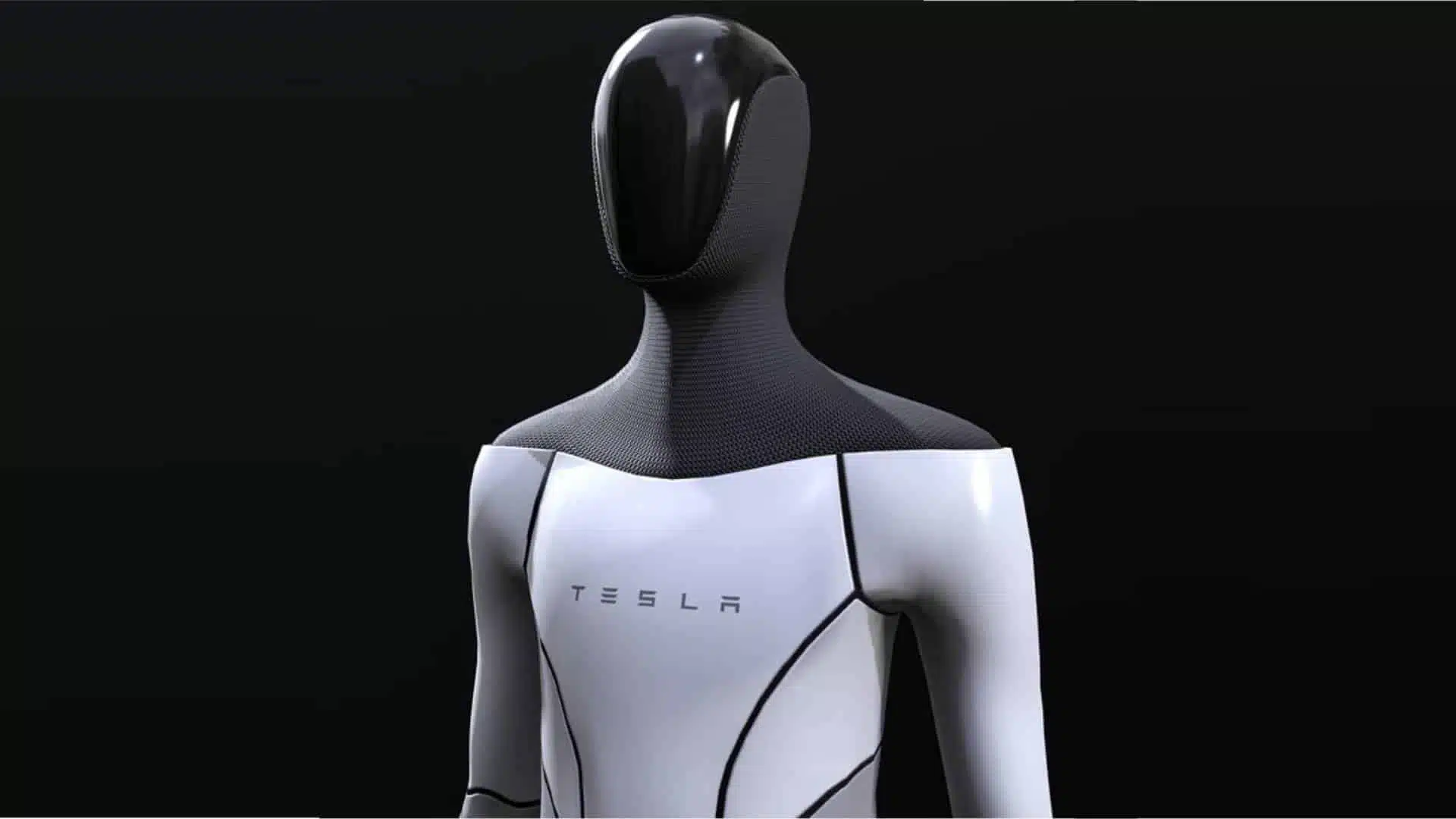A discarded rocket booster from a previous launch will crash into Hertzsprung Crater, on the far side the Moon. This is the first piece of litter that has unintentionally reached the lunar surface. Skywatchers initially thought that the booster belonged to a SpaceX Falcon 9 rocket, which was launched in 2015. Skywatchers initially believed the booster was part of a SpaceX Falcon 9 rocket launched in 2015.
It is difficult to find space junk near the Moon, as evidenced by the confusion around the booster’s origins. Researchers are anticipating that lunar pollution will increase as many countries and companies prepare to travel to the Moon in the next years. Here are their preparations.
What is lunar space junk?
There are approximately 23,000 bits of debris that measure 30 cm or more in orbit around the Earth, as well as up to 100,000,000 fragments measuring 1 millimeter and larger. The U.S. Space Force uses radar to track larger pieces, but it is limited to geostationary orbit 58,000 km from Earth. Vishnu Reddy from the University of Arizona studies near-Earth objects. The Moon is almost 400,000 km away from Earth. Low-power radars are unable to reach this region. Telescopes also have trouble identifying objects when they fly so close.
Reddy believes there are less than 200 pieces of large-sized space junk on the Moon. However, nobody knows for certain. This number could rise significantly over the next five years with approximately 50 missions planned by the United States, China and Russia to the lunar surface or its orbital spaces.
What makes lunar junk so special?
Most of the fragments that come out of Earth’s orbit will burn up in the atmosphere upon re-entry. Jonathan McDowell, an Astrophysicist at Harvard Smithsonian Center for Astrophysics, says that the Moon lacks an atmosphere and there is no reentry. “Just smash,” he said.
Lunar impacts produce dust. This dust is composed of tiny shards made of abrasive volcanic glasses. In the Apollo era of 1960s and 1970s, this dust was a problem for vehicles, instruments and crew. Because of the Moon’s low gravity, dust can travel long distances to distant exploration sites or potential future crewed bases.
Tracking lunar space is difficult because of the complex gravitational dance between Earth and Moon. As they are pulled by Earth or the Moon, objects can spiral along chaotic and hard-to-predict paths. McDowell states that a small change in an object’s approach direction can make a big difference in its final destination.
What can we do about it?
Reddy and his team were awarded $7.5 million by the U.S. Air Force Research Laboratory to find better ways to track space junk. Reddy’s students built a small telescope measuring 61 cm to look for distant debris. They are also developing algorithms to distinguish reflective artificial specks in the harsh light of the Moon. Reddy said, “It’s almost like trying to find a small firefly next a huge floodlight.”
A catalog that identifies each piece of space debris can help determine liability in the event of an accident. Alice Gorman, Flinders University’s space archeologist, asks: “What if your expensive lunar installation is damaged by a rocket?” International space law states that the person who launched an object is responsible to any damage caused by it’s activity, even if they no longer have control.
What’s the deal with this Chinese rocket?
China’s space agency launched an experimental spacecraft in 2014 that circled the Moon, returned to Earth and tested atmospheric re-entry capabilities. This was to prepare for 2020’s Chang’e-5 lunar return mission. The mission, named Chang’e-5-1, carried a second payload of scientific instruments on the Long March rocket’s upper stage. It was launched by LuxSpace, a Luxembourg-based company.
Independent astronomer Bill Gray first reported the Moonbound object, designated WE0913A in January. At first, Gray identified the object as a SpaceX rocket. This was the same SpaceX rocket that launched the National Oceanic and Atmospheric Administration’s Deep Space Climate Observatory in 2015. Further observations and LuxSpace speed data, as well as location and speed data, led to a different conclusion. Reddy’s team found that WE0913A was most likely a Chinese rocket after comparing the object’s color to white paint samples from different agencies and space companies.
China’s Ministry of Foreign Affairs spokesperson Wang Wenbin denied that the object was Chinese. He said that the booster had been igniting in Earth’s atmosphere. It wasn’t clear if Wang meant Chang’e-5 (or Chang’e-5T1). U.S. Space Force data suggests a fiery return approximately one year after the launch of the rocket in 2014. However, Daniel Adamo, an American Astrodynamicist who works with McDowell, states that this estimate is based only on the initial trajectory of the rocket. He says that the Chinese booster is still the most suitable candidate for the lunar impactor.
McDowell states that an official catalog or the results of Reddy’s surveillance program could help to solve future space junk problems beyond Earth. McDowell says, “Starting to consider the lunar environment before there are environmental problems would be a first step for humans. But maybe it wouldn’t be so bad.”
















